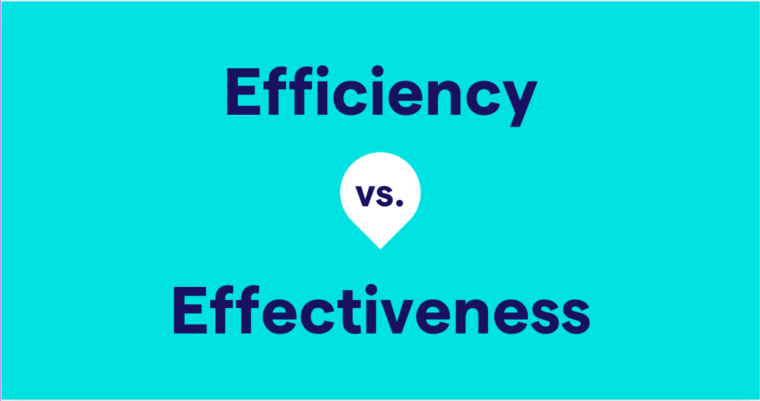
There are several tricky words in the English language that even the most seasoned speakers and writers can still find confusing. The homophones palate, palette, and pallet are just one example of how nuanced and complex English can be.
If the spellings of these words have tripped you up in the past, don’t fret—we’re going to discuss exactly how to use each word correctly and share a few tricks to remember which definitions pertain to each spelling.
The definitions of palate vs. palette vs. pallet
Palate means the roof of your mouth and your sense of taste and preferences. This is not to be confused with a palette—the board on which an artist mixes paints. Finally, a pallet is a large, wooden platform used to move things, typically for commercial purposes.
Palate definition
Palate has two taste-oriented definitions. If you touch your tongue to the roof of your mouth, you’re touching your palate. The hard, bony structure you’re feeling helps separate our oral cavities from our nasal cavities, and it’s called the hard palate. We also have a soft palate, which is made of muscle and is located in the back of our mouth toward our throat.
- The pediatrician recommended surgery to fix the child’s cleft palate.
- Teeth form on the palate.
Palate also refers to taste, the sensory experience in your mouth when you eat something. The palate’s relationship to the word taste can also mean aesthetic and intellectual preferences. Taste and preference are actually synonyms of the word palate.
- The wine had a unique palate, with hints of oak and citrus.
- Jeanine has a very selective palate; she’s interested in only the softest fabrics and finest jewelry.
In the late fourteenth century, people believed that all sensations of taste came from the roof of your mouth, which is why the Latin word palatum, from which palate is derived, also meant both the roof of your mouth and taste. Though we now know that taste comes from the taste buds on your tongue, both definitions stuck around.
Palate is conveniently spelled with the word ate at the end, which can help you remember when to use it.
Palette definition
Palette is an art-oriented word referring to the board some artists use for displaying and mixing their paints while working. The board is flat with a small hole on one side where the artist can hold it with their thumb and rest it on their forearm; it is usually made from wood, plastic, or another nonporous material.
In computer design, there’s a color palette, also known as a color look-up table (CLUT), where colors are assigned numbers and organized in an index that can be used to replicate colors already used in a design, create new colors, or reference existing ones.
Palette can also refer to a range of sounds and tones in music.
- Mixing together the blues and yellows on the palette, the artist was able to create the perfect green for the leaves they were painting.
- Their music was unique, offering a distinctive palette of tones and instruments.
Pallet definition
Pallets are platforms used to handle, store, or move materials, and they’re typically made out of wood. A pallet can also refer to a straw mattress or makeshift bed.
- They spent all day operating the forklift and moving heavy pallets from one delivery truck to the next.
- He spent the night watching over the animals in the barn, finally drifting to sleep on a pallet of old burlap sacks.
The trick for remembering pallet is to notice how the word looks physically. The two l’s in pallet look similar to the actual structure of a pallet.






